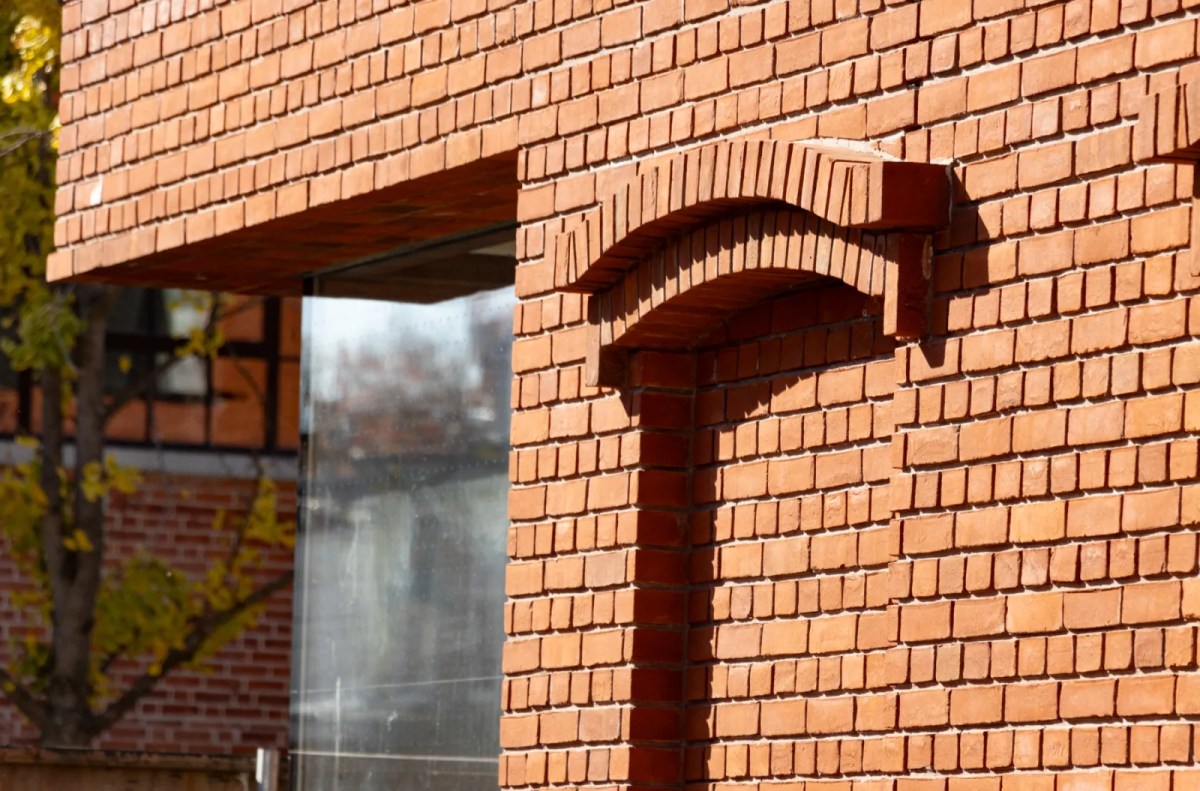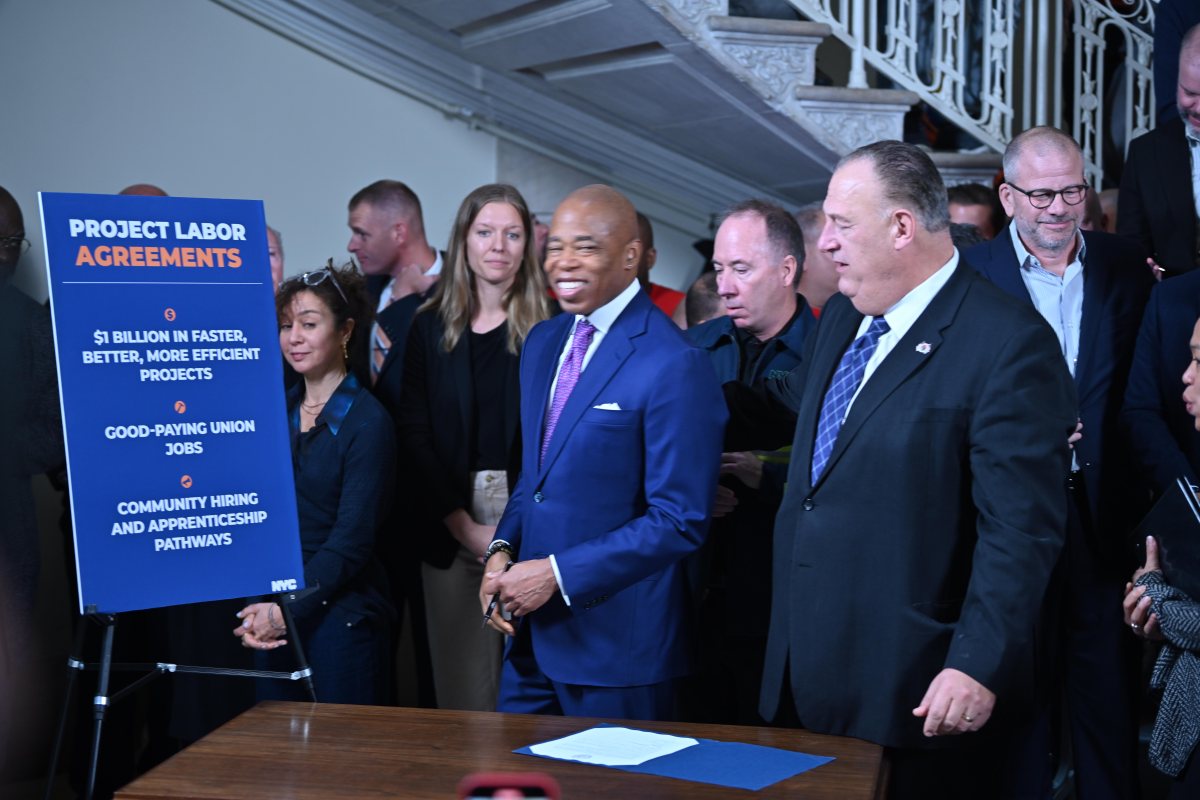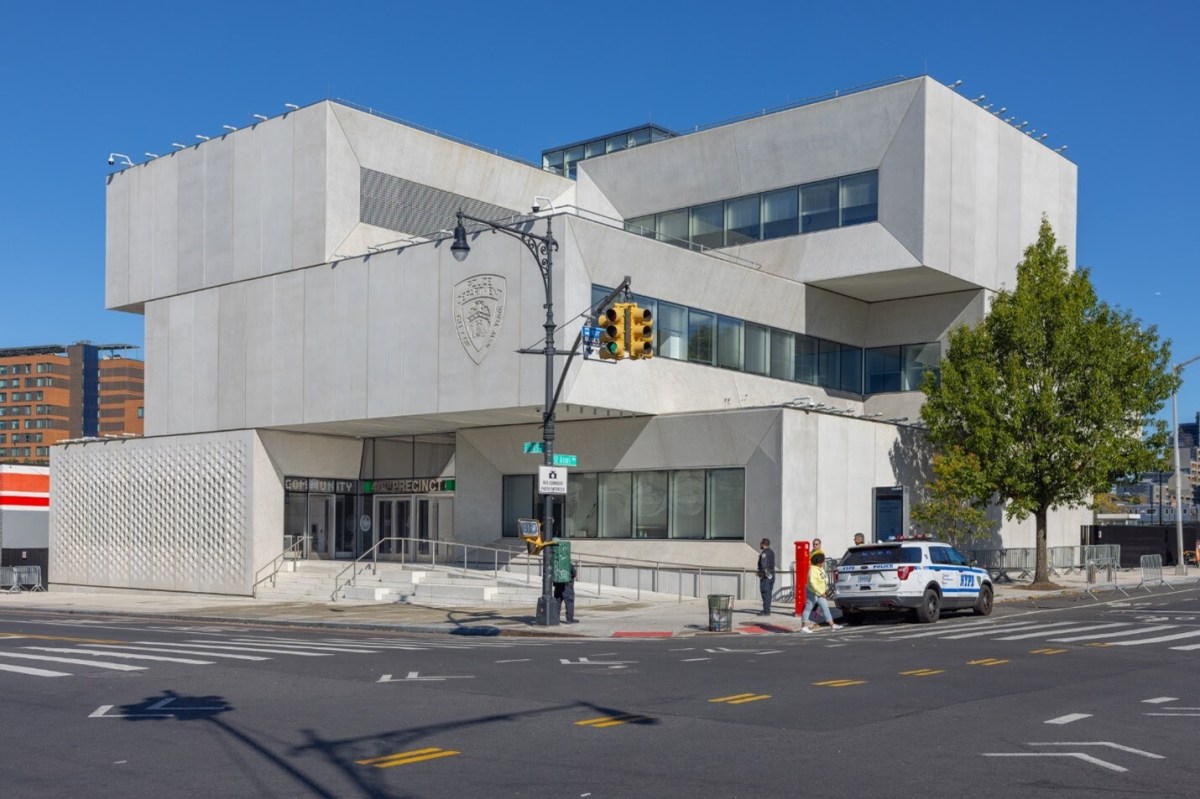
Bleecker Street is at a crossroads.
It’s manifested in more than 15 empty storefronts between Christopher Street and LaGuardia Place and the juxtaposition of small businesses with big-box brands and high-end fashion boutiques in the shopping district.
Locals would love to see the strip returned to its mom-and-popglory, when institutions like Bleecker Street Records and Aphrodisia Herb Shoppe attracted throngs of tourists and community patrons. But challenges stand in the way, none bigger than commercial rent prices.
“Rents are way too high, so the only ones that could afford to come in are people that are corporations or people that are foreign,” said Carolyn Epstein, the co-owner of Book Book at 266 Bleecker. The store was originally at 382, which recently housed a Marc Jacobs outpost, but left that location because of high rent, she said.
“If you want to keep the flavor of the neighborhood, you can’t just have the rents go up, unless you want it to feel like a shopping mall,” Epstein said.
Samih Tokat, who owns Village Tannery, which has been on Bleecker since 1973 and is currently housed at 173, said the street has experienced several ebbs and flows over the years, with vacancies popping up whenever rents rise and getting filled about six months later. However, he added that the thoroughfare loses some authenticity each time.
“Bleecker Street once was small retail places, entertainment places, jazz places — it’s all gone right now because of the rent,” Tokat said, but he added that the fault isn’t all on part of the landlords.
“The landlords are trying to keep up with the area’s rents,” he said. “The city must do something.”
In addition to Book Book, the street still has its icons — like Rebel Rebel records, which opened 28 years ago, at 319, The Bitter End music venue, at 147 since 1960, and the Tarot Shop, at the corner of Seventh Avenue since 1985. But they share blocks with companies like CVS, Capital Bank, Five Guys and Starbucks.
“They’re changing the neighborhood to look more like midtown,” said Michele Bonk, 45, a nurse from Pennsylvania who took her family to Bleecker Street on a recent Sunday. “I don’t want it to be like that. I wouldn’t come here if it were.”
According to the Real Estate Board of New York, the average commercial rent on Bleecker between Christopher Street and LaGuardia Place grew from $261 per square foot in the spring of 2011 to $276 in the spring of 2015.
The highest rent on the strip was $570 per square foot in the the fall of 2014 and the lowest was $75 in the spring of 2013, REBNY found.
However, even luxury shops are closing in the area. In the last year, further up toward Eight Avenue, Mulberry left 387, Brooks’ Brothers Black Fleece closed at 351, and the French womanswear shop Comptoir des Cotonniers shuttered at 345.
Local property owner David Rabizadeh and his family bought 145 Bleecker at the end of 2015. While the basement level houses Peculiar Pub, the 13,000-square-foot commercial space above the bar is empty. Rabizadeh said his family is asking for $14,000 a month but would negotiate with the right tenant.
“Right now, with all of the vacancies, it might be a time for brainstorming with new ideas,” he said. “There has to be that sense of getting back to the artists or the music.”
But it’s not always so easy for landlords to charge lower rates, countered Frank Ricci, executive director of the Rent Stabilization Association. Rents are high because landlords are struggling to pay property taxes and water bills, afford the upkeep of old buildings, and to meet the city’s rules and regulations, he explained.
“A lot of those buildings have rent-regulated tenants upstairs paying very low rates, so the owner in most cases is using the commercial space to subsidize the residential space,” he said.
While the solution to high commercial rents, not just on Bleecker but across the city, is “complex,” Ricci said the city lowering property taxes “would be a good first step.”
Some property owners only want to rent to corporate tenants so that they’re guaranteed the rent income they need, admitted Ray Cline, resident chair at the Bleecker Area Merchants and Residents Association, which serves as the street’s Business Improvement District (BID).
And though Cline agreed that the cost of rent on Bleecker makes it tough for mom-and-pops, he’s proud of the smaller establishments the street still has — like By Chloe, a vegan eatery at 185 that is slated open a bakery next door this summer.
Cline said he has seen Bleecker become more upscale since he moved to the neighborhood in the 1970s, but there’s an upside to that.
“We have some really good restaurants in this area; some of them I can’t afford to go to,” he said. “It doesn’t bother me.”
Despite the changes, Bleecker will always be a Greenwich Village destination, assured Andrew Berman, executive director of the Greenwich Village Historical Society.
“It’s such a special and unique street with such an aesthetic appeal and attraction,” Berman said. “Ultimately I think Bleecker Street will survive, but these are challenging times.” (with Jason Shaltiel)
Here are some iconic Bleecker businesses that closed or moved off the street in recent years:
— Organic Avenue, 62 Bleecker St., closed in October 2015 after 13 years in business.
— Bleecker Street Records, 239 Bleecker St., moved to 188 W. Fourth St. in August 2013 after 20 years on Bleecker.
— Arleen Bowman Boutique, 353 Bleecker St., closed in July 2012 after 25 years in business.
— Treasures & Trifles, 409 Bleecker St., closed in May 2010 after 44 years in business.
— Pet Central, 237 Bleecker St., moved to 29 Seventh Ave. S. in 2014 after 15 years on Bleecker.
(IVAN PEREIRA)





































